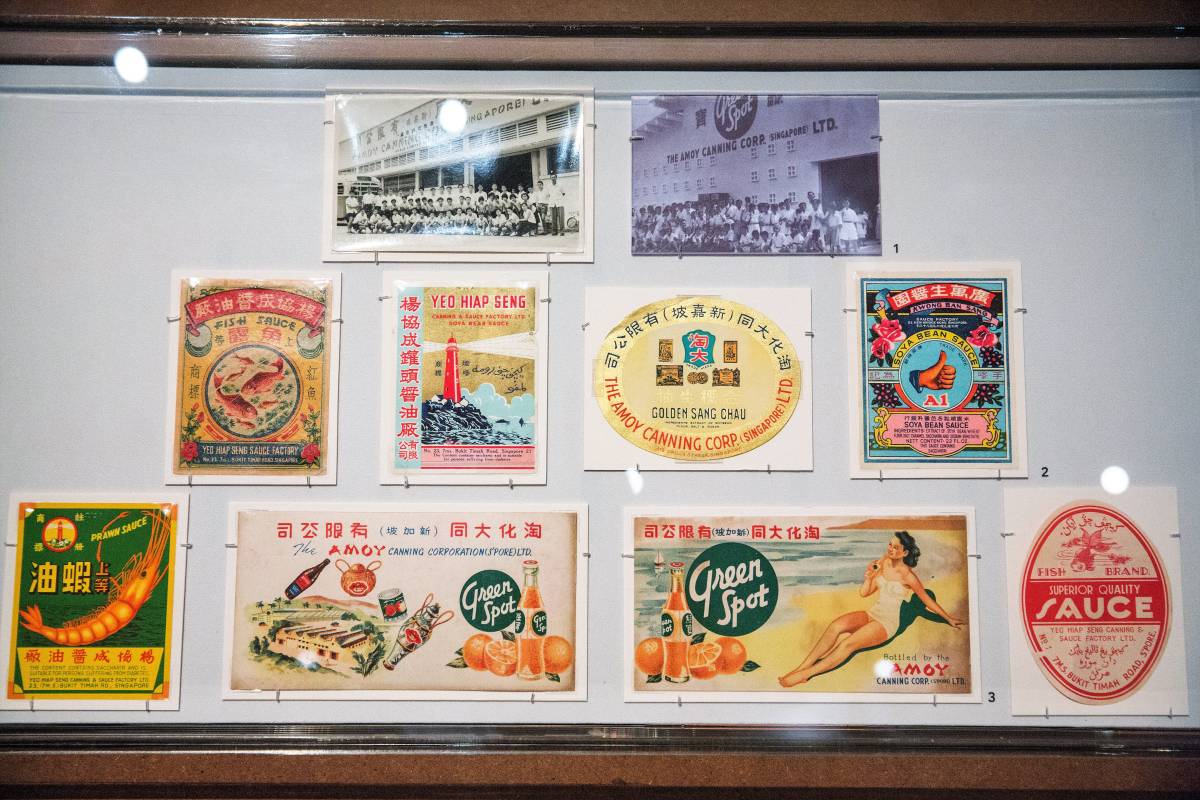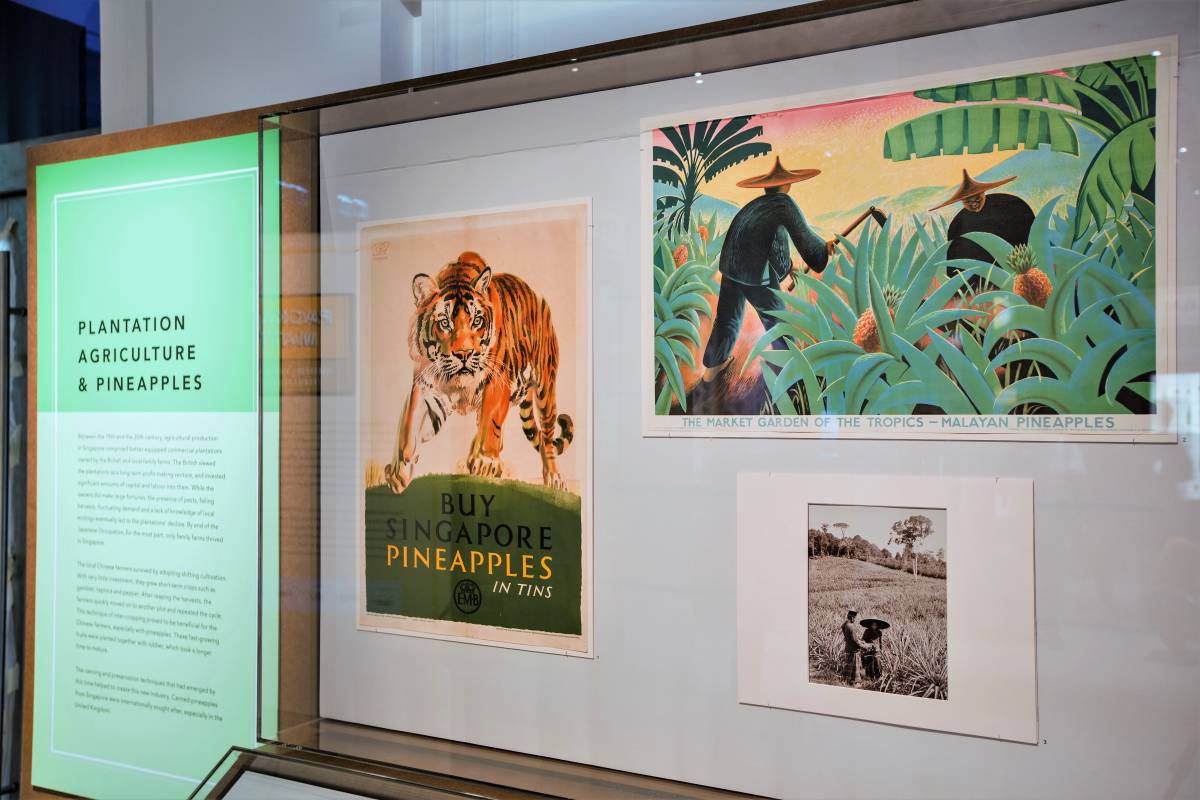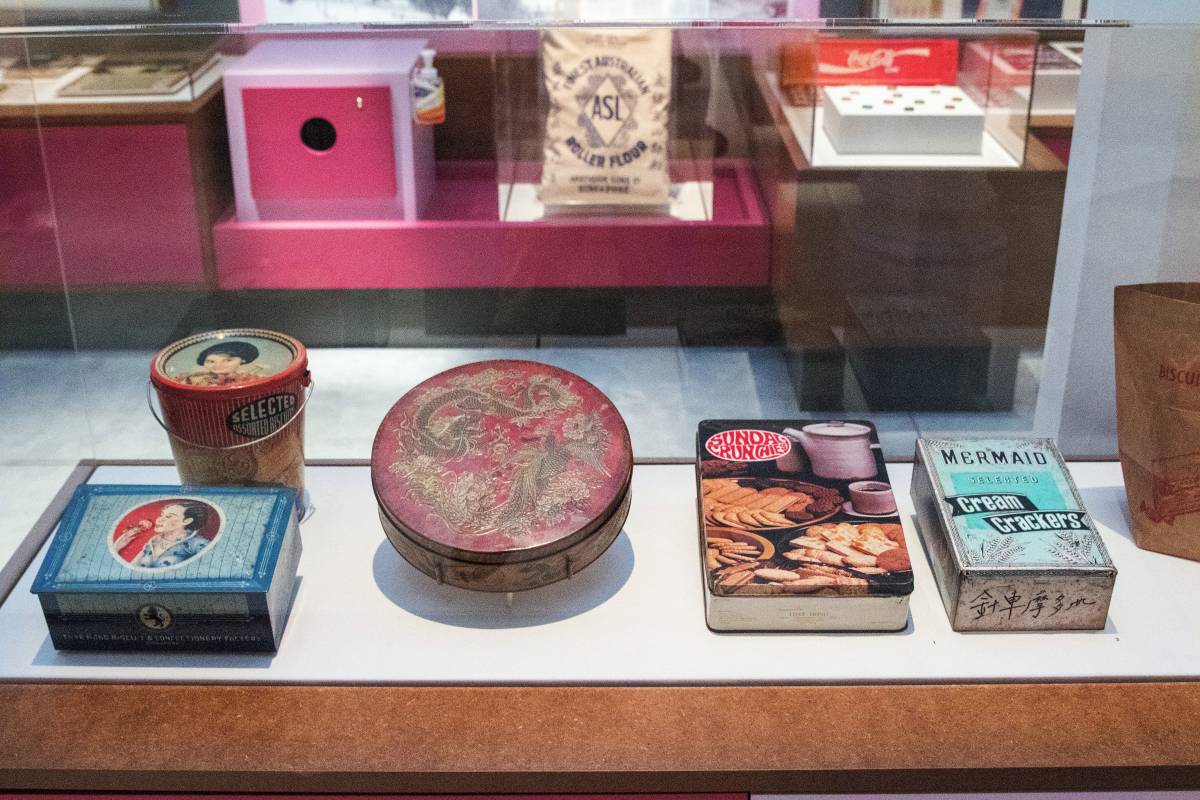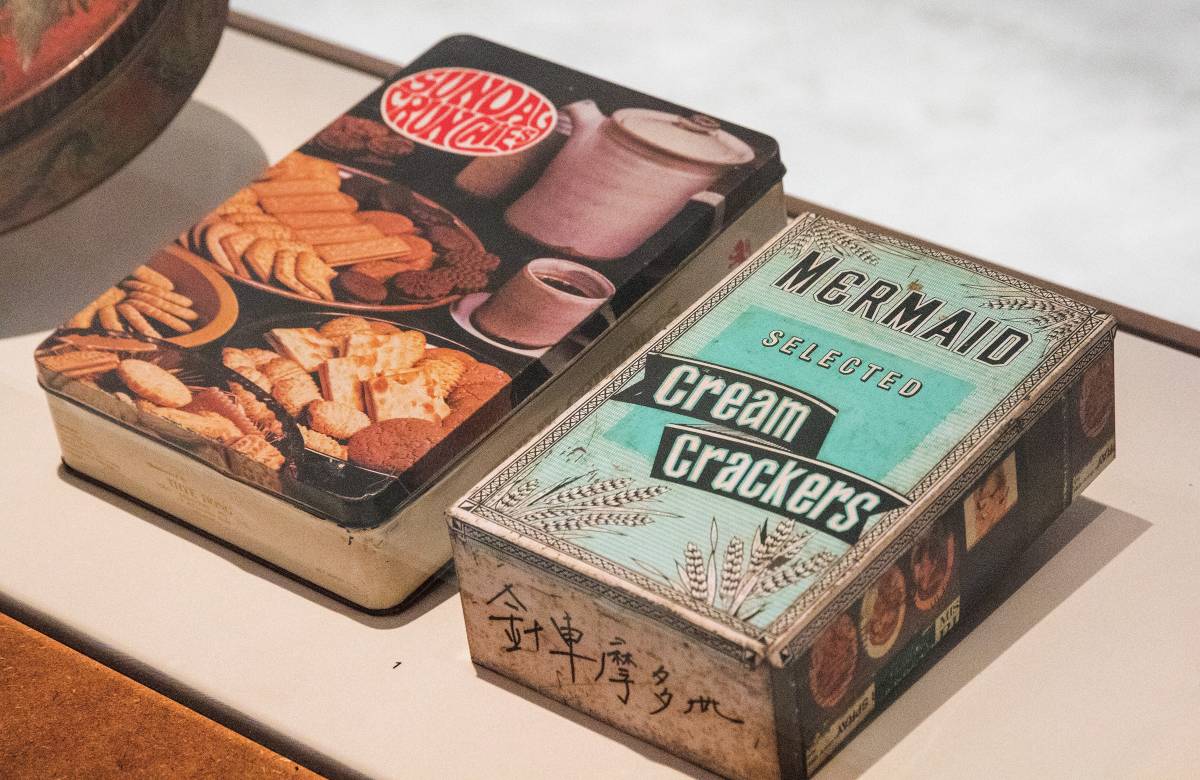National Museum of Singapore presents Packaging Matters: Singapore’s Food Packaging Story from the Early 20th Century

Singapore, 3 April 2019 – As part of its ongoing endeavour to tell the Singapore story in creative and engaging ways, the National Museum of Singapore is proud to present Packaging Matters: Singapore’s Food Packaging Story from the Early 20th Century. Officially opening on 6 April 2019, the exhibition chronicles the development of food packing in Singapore, from the early bottling and canning factories in the late 19th to early 20th centuries, to the light industries of the 1960s–70s when food was manufactured in factories.
Packaging Matters: Singapore’s Food Packaging Story from the Early 20th Century features more than 150 artefacts from the museum’s folklife collection, most of which have never been displayed before. Through the exhibition, visitors can discover the role that food industry pioneers and brands have played in shaping Singapore’s food culture and come to appreciate various local technologies employed in the industry, then and now. With sustainability being a more pressing issue today than ever, the exhibition also showcases innovations in sustainability and the role of design on the future of food packaging.

Vidya Murthy, Curator of Packaging Matters: Singapore’s Food Packaging Story from the Early 20th Century, National Museum of Singapore, said, “We hope this exhibition gives visitors a fresh perspective of our history through a topic close to many Singaporeans’ hearts — food — and by extension, food packaging. Through the iconic, familiar and beloved food brands and products on display, we also seek to encourage meaningful conversations across different generations, highlighting our shared commonalities amid diversity.”
Tracing the development of food packaging and shedding light on pioneers that shaped the industry
Packaging Matters begins with the rise of the canned pineapple industry in Singapore. Between the 19th and 20th century, pineapples proved to be a lucrative crop for local farmers. The fast-growing fruit required little investment from family farms and was one of the short-term crops grown locally. The rise of canning and preservation techniques during this period enabled the emergence of the canned pineapple industry, and Singapore’s canned pineapples were highly sought after — they were exported to as far as the United Kingdom. 
The mid-20th century saw family-run businesses playing an important role in the industry. Apart from producing necessities like sauces, vinegar and noodles, these businesses also contributed to the development of human capital by passing down old artisanal skills and food-making techniques to unskilled workers. A key player in the early food packing industry was the Amoy Canning Corporation (est. 1908) in China. The company, now into its fourth generation, opened its Singapore office in 1949 and was registered in 1951. They began to produce several types of canned food, soy sauce and preserved ginger from their first Southeast Asian factory on Bukit Timah Road.
Industrialisation in the 1960s–70s saw more family businesses moving into automated factories and government support empowering the rapid expansion of family businesses. Through the Pioneer Industries Ordinance tax relief scheme in 1959, The Prima Limited (est. 1961) company was granted pioneer status and set up a flour mill on Keppel Road in 1963, opened by then Minister for Finance, Dr Goh Keng Swee. In 1969, it became a public company listed on the Stock Exchange of Singapore and Malaysia. 
The evolution of packaging designs and sustainability
The exhibition also explores how packaging can influence consumer choice and how designs have changed over the years, from simple labels to complex text and realistic images. By pushing creative boundaries with containers and packaging, advertisers and brands could stand out from their peers. Beloved Singaporean brands such as Khong Guan and Kickapoo solidified their brand identities and place in popular culture through the use of eye-catching colours, distinct logos and fonts on their packaging.
With the emergence of supermarkets in Singapore, consumption habits and consumer experiences were forever changed. Products were neatly arranged and categorised, frozen goods meant longer shelf lives and the general convenience of supermarkets led to Singaporeans’ love affair with grocery shopping. From the collection of produce from farmers and wholesalers, to the processing, transportation and distribution of items to and within the supermarkets, various forms of packaging are used to ensure that food products are packed both practically and attractively for display.

With growing awareness of environmental issues, Packaging Matters invites museum-goers to reflect on eco-friendly practices, sustainable alternatives to conventional packaging materials and how our society can work towards the use of innovative packaging that reduces waste.
Making heritage content more accessible for families and young audiences through lively and interactive activities
Packaging Matters will feature special interactives in three areas of the exhibition space to cater to intergenerational families and younger audiences. A children’s activity book can also be picked up in the gallery and is available for download online.
The main gallery will feature ‘feely boxes’, where children can interact with different packaging materials, and an artefact hunt. The family corner will feature puzzles, a creativity corner, large hanging installations and Remembering and Recreating: Upcycling Food Packaging as Art — a series of art pieces upcycled from packaging materials, created by seniors from the Alzheimer’s Disease Association as part of a reminiscence programme. While creating their artworks, the seniors were guided through an activity to recall familiar packaging and items from their younger days, as well as to make connections between past and present forms of packaging. Lastly, the sustainability section will feature a hands-on activity where children can identify various types of recyclable packaging materials.

Extending the visitor experience beyond its galleries, the National Museum will also be presenting a series of public programmes that will kick off with a Food and Eco-craft Market and film screenings with an indoor picnic during the exhibition’s opening weekend on 6 and 7 April. The Food and Eco-craft Market will feature eco-friendly stores selling reusable food containers and carriers, such as modern lunch boxes, steel straws and reusable cup holders. In line with the exhibition’s theme of sustainability, visitors are encouraged to bring their own containers to the market to enjoy a discount when they use these to purchase food items at selected stalls. Visitors can also look forward to special accompanying programmes catered for various audiences throughout the exhibition.
Packaging Matters: Singapore’s Food Packaging Story from the Early 20th Century is presented by the National Museum, an institution of the National Heritage Board, with support from DigiMuse, Sustainable Singapore, Amoy Canning, Brand’s and Certis.
The exhibition will be held from 6 April 2019 to 15 September 2019 at the museum’s Stamford Gallery on Level One. Admission is free for all.


